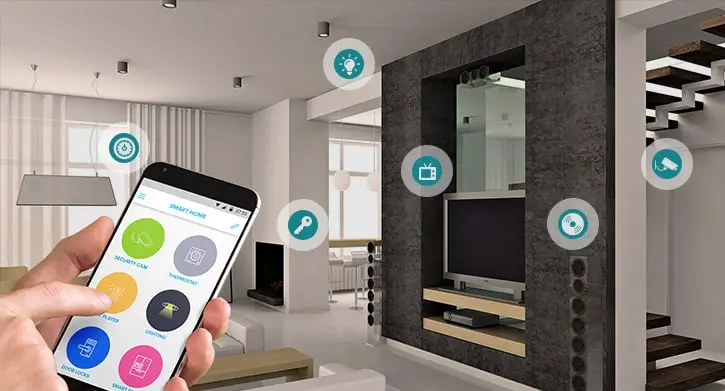Introduction:
Achieving optimal humidity levels in your home is essential for your health and comfort, especially during dry seasons or in arid climates. While humidifiers are commonly used to add moisture to the air, there are several natural methods you can employ to humidify a room without the need for a humidifier. Let’s explore these natural solutions that will help you create a more comfortable indoor environment.
Open Windows and Doors:
One of the simplest ways to increase humidity levels in a room is by allowing fresh air to circulate freely. Open windows and doors during the warmer hours of the day to let in moisture from the outdoor air. This natural ventilation not only helps humidify the room but also improves air quality by reducing indoor pollutants and stale air.
Use Houseplants:
Houseplants not only add beauty to your home but also act as natural humidifiers. Plants release moisture through a process called transpiration, wherein water evaporates from their leaves into the surrounding air. Place several houseplants throughout your home, especially in rooms where you spend the most time, to increase humidity levels naturally.
Place Water Containers Near Heat Sources:
Another effective method to humidify a room without a humidifier is by placing shallow containers filled with water near heat sources such as radiators or heaters. As the water evaporates, it adds moisture to the air, increasing humidity levels in the room. Be sure to refill the containers regularly to maintain optimal humidity levels.
Hang Damp Towels or Sheets:
Hanging damp towels or sheets indoors is a quick and easy way to add moisture to the air. Simply soak a towel or sheet in water, wring out the excess moisture, and hang it in the room to dry. As the water evaporates, it will humidify the surrounding air. For best results, hang damp towels or sheets near windows or in areas with good air circulation.
Use a Bowl of Water:
Placing bowls of water around your home is another effective way to humidify a room naturally. Fill shallow bowls or trays with water and place them in strategic locations, such as near vents or in the corners of rooms. As the water evaporates, it adds moisture to the air, increasing humidity levels and creating a more comfortable indoor environment.
Take Advantage of Boiling Water:
Boiling water on the stove or using a kettle not only serves as a method for making tea or coffee but also adds humidity to the air. Allow the water to boil for a few minutes, then turn off the heat and let the steam waft through the room. This simple yet effective method can help increase humidity levels quickly, especially during colder months when indoor air tends to be drier.
Hang Wet Laundry Indoors:
Drying laundry indoors is not only a practical solution when outdoor drying isn’t possible but also a natural way to humidify a room. Hang wet laundry on a drying rack or clothesline indoors, and as the water evaporates from the fabric, it will add moisture to the air. This method not only increases humidity levels but also eliminates the need for a dryer, saving energy and reducing utility costs.
Use a Spray Bottle:
A spray bottle filled with water can be a handy tool for increasing humidity levels in a room. Simply mist the air lightly with water several times a day to add moisture to the air. You can also add a few drops of essential oils to the water for a pleasant aroma. This method is particularly useful for smaller rooms or areas where other methods may not be feasible.
Arrange Furniture Strategically:
Believe it or not, the way you arrange furniture in a room can affect humidity levels. Avoid placing furniture directly in front of heating vents or radiators, as this can obstruct airflow and prevent moisture from circulating effectively. Instead, arrange furniture in a way that allows air to flow freely throughout the room, helping to distribute moisture evenly.
Conclusion: Read more about ways to humidify a room without a humidifier











